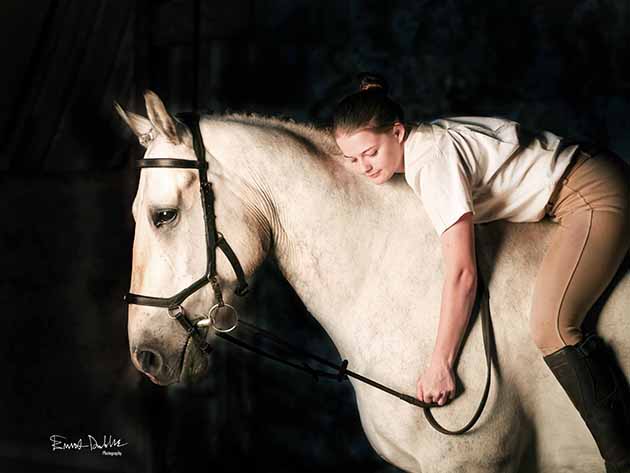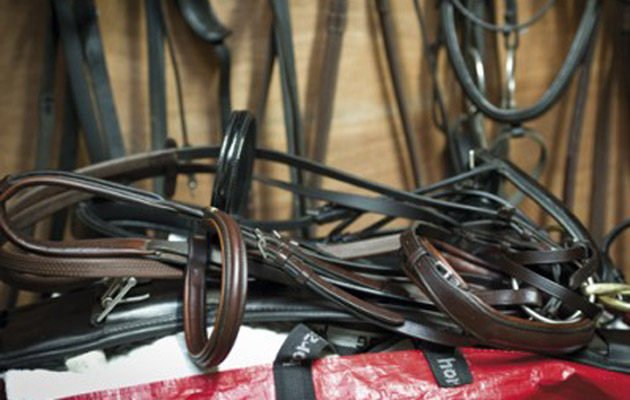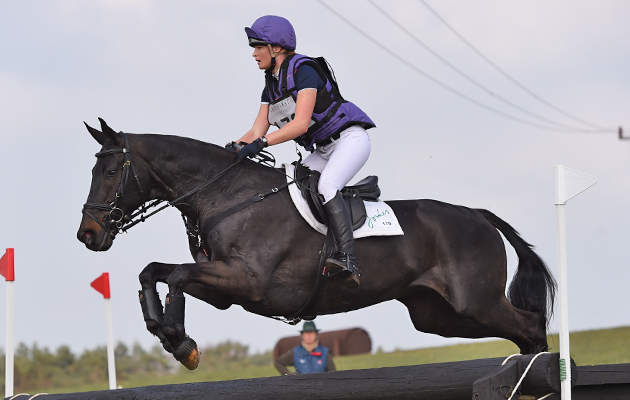Photographer Emma Drabble gives her top tips for taking photos of your horse — from being patient and calm to knowing when to give them a break
1. No matter what you point your camera at, you have to love what you are photographing. For me, horses, people, farming, and being outdoors has been a lifelong love affair and that helps enormously.
2. It’s important not to feel anxious around people or horses, but to get into the mix a little. Remember that not everyone understands or sees the horse industry from the inside out. It’s important to have photographers recording the world from all angles. That’s the beauty of how photography can be relevant to everyone. There can be only one person in any situation at any one time. It’s just great if that person carries a camera. That’s my view.
Continued below…

15 signs you’re totally addicted to horses (and wouldn’t have it any other way)
3. Understanding horses is a huge advantage. You have to understand how they move, and predict their next movement. Horses pretty much tell you what they are feeling, and what they are about to do with their body language. It’s all about patience, waiting and calmness. Never rush an equine photo shoot. Horses are like children, they go against any pressure to be rushed.
4. The human/horse relationship is intriguing. A horse is a very trusting, persistent, and willing friend. It’s the humans that can be a little more complicated. I try and encourage a passive and calm horse lead photo shoot. It’s a rider’s nature to want to command events, but it’s really not needed. It is much the same with mothers and children too. The bigger and most important picture is the passive acceptance and love that emerges when they are not forced together. When you ask someone to just be close to the other, without any expectation, the warmth emerges — force this engagement and only hostility comes out of it.
5. In studio work with horses, always give a horse a break out space and let him leave the studio if he needs to. Don’t expect them to stand still — let them move, and don’t fear this as a photographer. It’s all these natural curves, and softened lines that will get your picture, not the harsh shapes that come from a stressed animal. Be respectful. Remember that a horse is a very giving person who will give you want you want if you ask, and don’t tell him what to do.
6. Only use a camera that feels like a paintbrush in your hand. By that I mean, that it’s small enough that you want to use it and simple enough to get the picture that you see in front of you, quickly and reliably. Don’t load yourself up with camera kit. For me, I need to be looking, talking, and if possible shoot on a camera with a live view screen. Horses, like children, need to see your face — not a camera pinned over it all the time. The other thing I need is the “silent shutter”. It stops my horses and my humans from focusing on me. I am there to record and witness a remarkable loving relationship between a horse and its human. I am not there to record its relationship with me. That’s where developments in camera technology can really help us, and not hider us. Embrace it.





